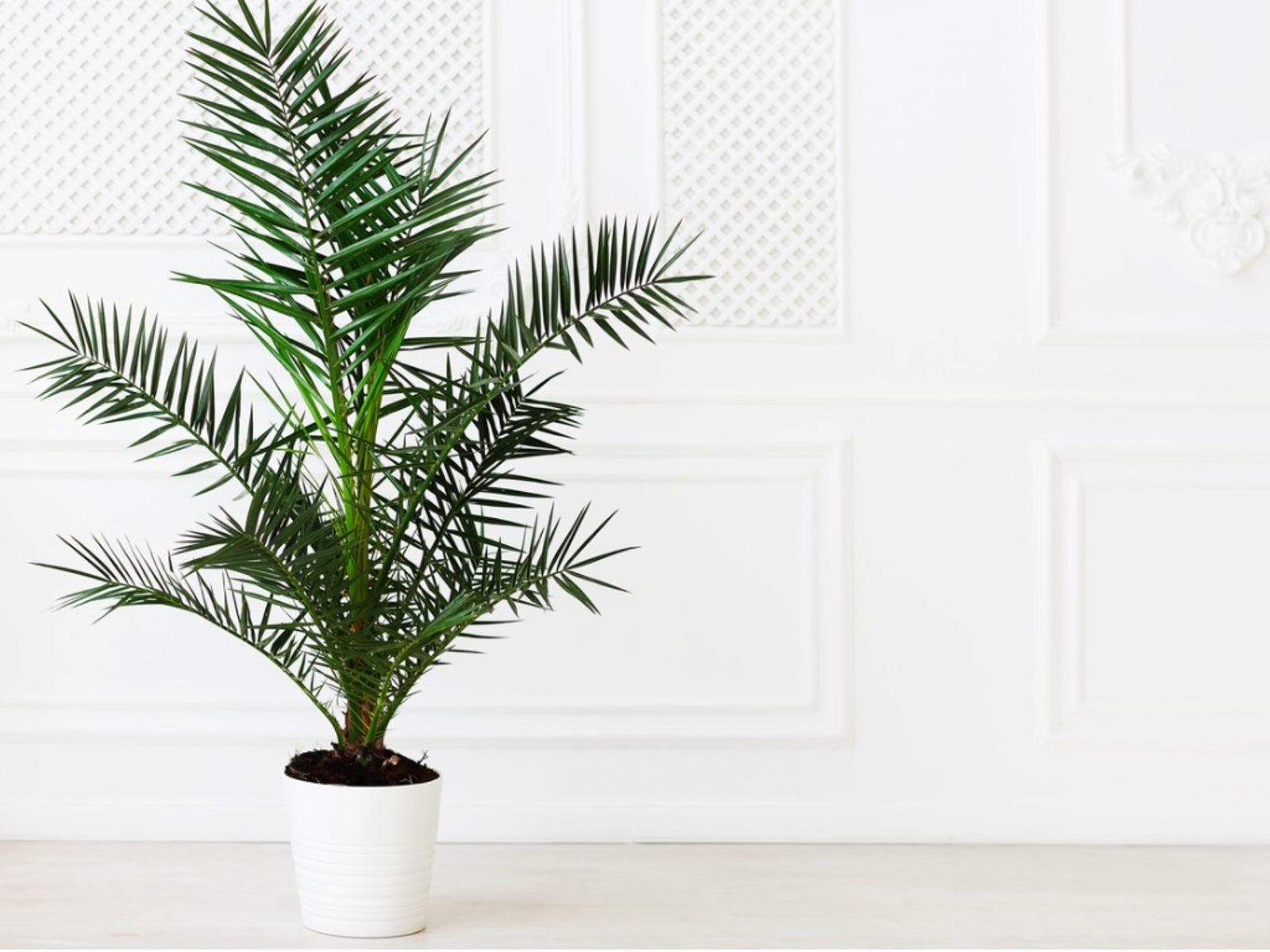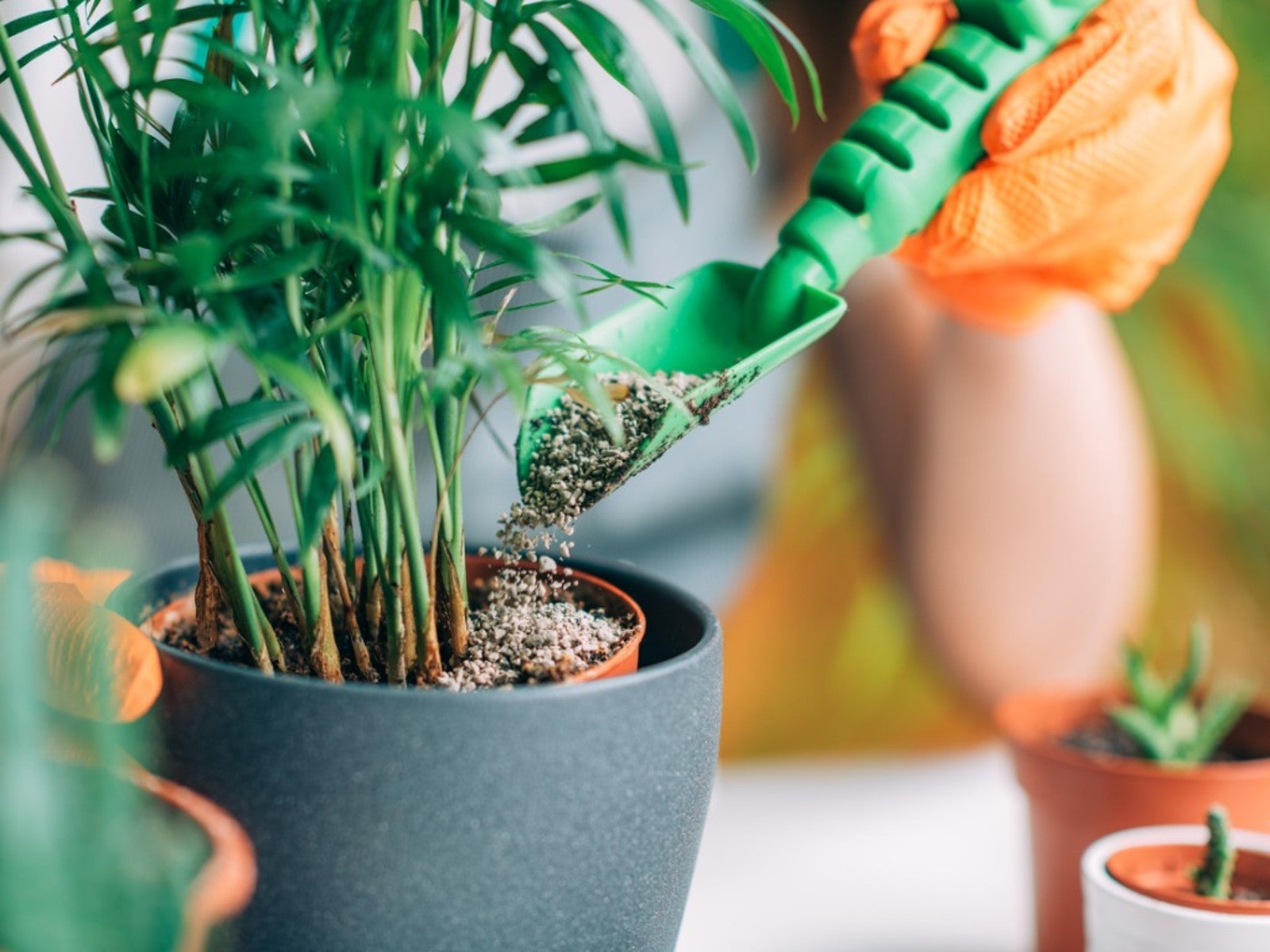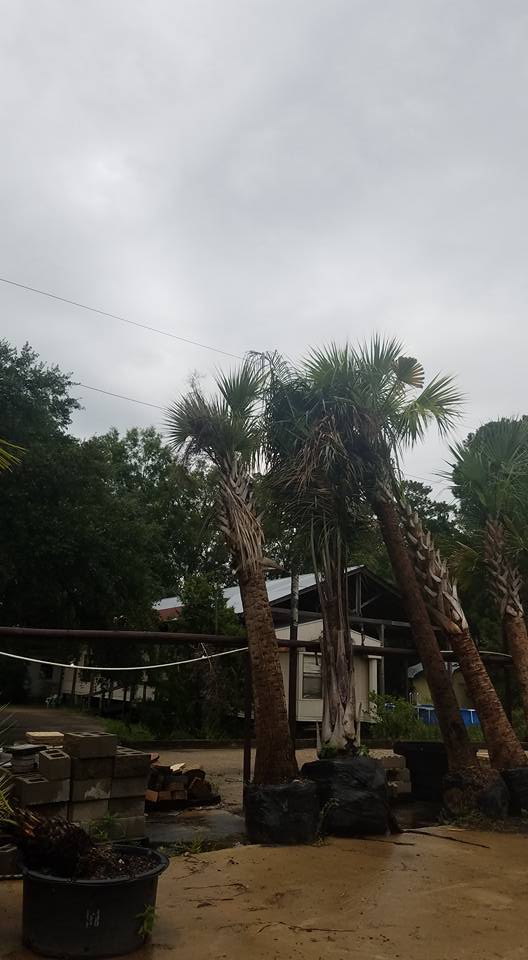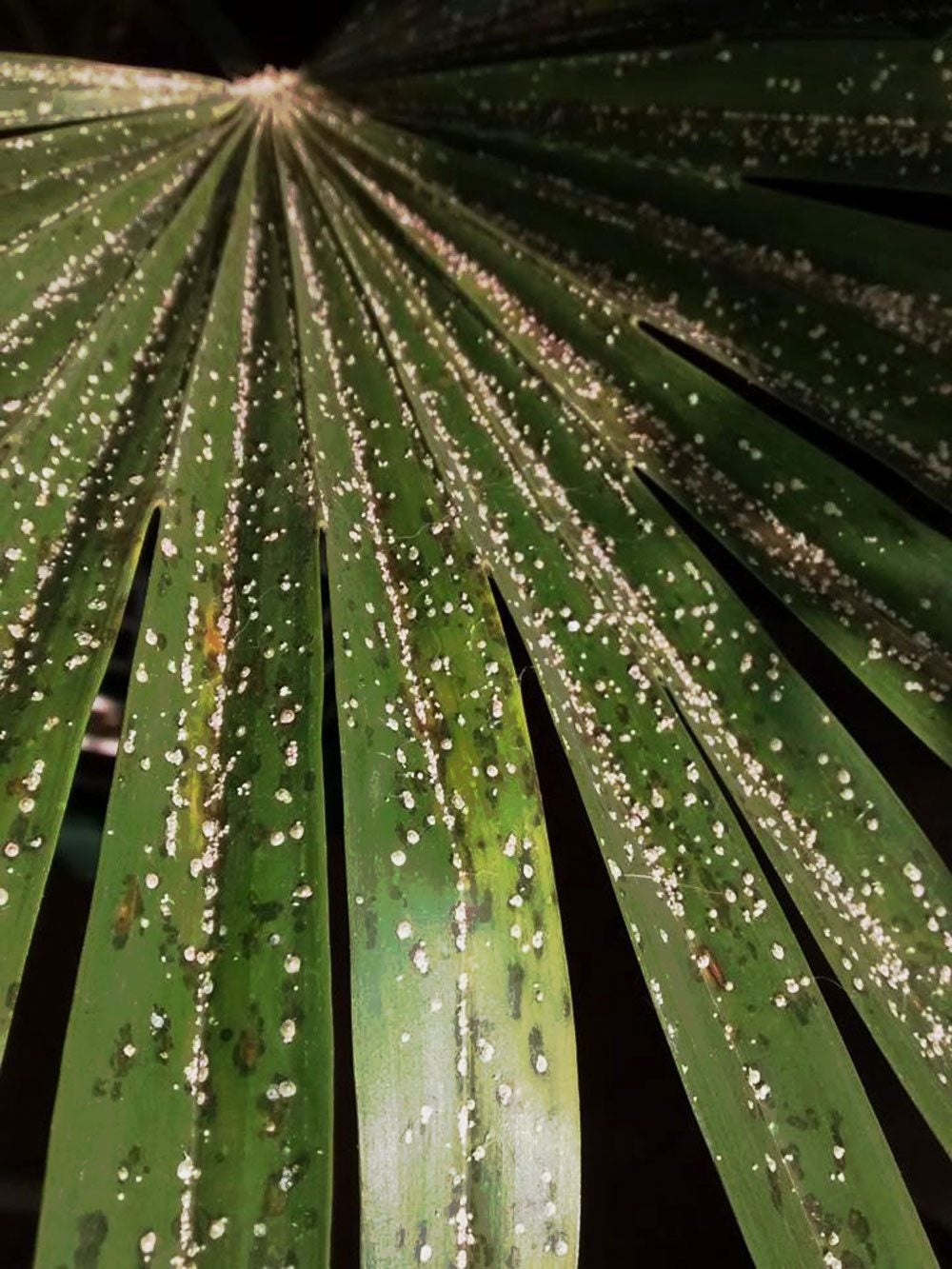Indoor Palm Tree Care - Growing Palms Indoors


Palms create an air of elegance and splendor, especially when grown indoors. They remind us of exotic lands far away. They make us think of the hot, dry desert. and palm-fringed beaches. They make us feel as if we are in some wonderful tropical place, without having to ever leave home. That's the beauty of them.
Growing Palms Indoors
The most demanding and biggest indoor palms were grown in glass houses back in the Victorian and Edwardian times. The glass houses provided the warmth and lush humidity that they needed. The most resilient of the palms swayed over the comings and goings of the people through the hotel foyers and restaurants in all sorts of public places. Parlor palms graced the entrance halls and drawing rooms of the late nineteenth and early twentieth-century homes.
Palms went out of fashion as simpler styles replaced the clutter and fanciness, and the dim light of Victorian and Edwardian interiors, but they have recently found their way back into our homes in interiors of a different style.
A palm is an outstanding plant with well-defined fronts and stark shape. It makes a striking feature well suited to a large, bright, plainly furnished and decorated room. Palms were displayed traditionally on ceramic palm stands. The palm would be planted in an ornamental jardinière balanced on top of a matching pedestal. Using reproduction or original palm stands and displaying the palm plants in this manner in a period house decorated in the appropriate style leaves an awesome display to be admired for years.
However, you could also successfully supply an unusual feature in a modern interior. Any type of pedestal or pedestal table is a great way to make smaller palms stand out. Larger palms generally look best standing on the floor in a beautiful pot of good quality. Further, larger palms are pretty much too heavy to place on a pedestal. Containers can be patterned porcelain, copper, or brass basket ware or even just plain well-made plastic. It just depends on the setting.
Caring for Indoor Palms
Palms grow in some very extreme situations. First, in arid deserts and second, in lush, green jungles. You can help these plants thrive inside the home by providing the desert palms with a bare room and polished wood floors. This echoes the idea of these plants growing in a barren desert landscape.
If you place palms with other foliage plants with green carpet or green patterned wallpaper, you are then helping them adapt in the home when they would normally grow in a jungle.
Gardening tips, videos, info and more delivered right to your inbox!
Sign up for the Gardening Know How newsletter today and receive a free copy of our e-book "How to Grow Delicious Tomatoes".
You can also achieve this at a smaller scale with a group of foliage plants such as foliage begonias, selaginellas, and small ferns grown in a glass case. Palms tend to lend themselves to creating shadows and reflections. You can stand a palm in an alcove that's lined with a mirror and create stunning effects. If you put one on each side of a fireplace, it's doubly stunning.
Shadows cast by the palm's fronds can pattern a plain wall. Spotlights can create good strong light for bold shadows. These are quite dramatic. Don't position spotlights too closely because this generates too much heat for the palm to withstand. Finally, lighting the plant from below can cast shadows onto opposite walls and even the ceiling.
Many palms grow to great heights in the wild, but inside your home they are slow-growing plants and can remain at living room height for many years. Impatient gardeners won't be happy with palms. New fronds unfurl in a leisurely way and only at two or three a year.
Palms are one of the few plants that grow best in relatively small containers. The most popular palm plants are pretty adaptable. They can handle a winter rest in cooler conditions, not less than 50 degrees F. (10 C.). They do tolerate central heating. They prefer light, but not strong light and especially when they are young.
They do not like drafts and sudden changes in temperature. Some palms, though, prefer a regular slight drop in temperature at night. Palms grow best when you let their roots fill the pot. They need soil-based potting compost and should not be repotted unnecessarily. They are sensitive to chemicals and will be damaged if you expose them to aerosol sprays.
If you need to treat them with insecticides, be sure what you use is suitable for a palm. No matter how you incorporate them, remember that palms can simply lead you into an exotic atmosphere almost before you even realize it. Enjoy the atmosphere they help create in your home.

Heather Rhoades founded Gardening Know How in 2007. She holds degrees from Cleveland State University and Northern Kentucky University. She is an avid gardener with a passion for community, and is a recipient of the Master Gardeners of Ohio Lifetime Achievement Award.
-
 Get Ready For A Summer Of Hummers! Grow These Full Sun Hummingbird Plants and Flowers
Get Ready For A Summer Of Hummers! Grow These Full Sun Hummingbird Plants and FlowersIf you’re lucky enough to enjoy a sunny backyard, make sure you are maxing out on your pollinator opportunities and grow these full sun hummingbird plants and flowers
By Tonya Barnett
-
 12 Lush Alternatives To A Lawn For Sustainable Spaces
12 Lush Alternatives To A Lawn For Sustainable SpacesAlternatives to a lawn are beautiful and also beneficial to your local ecosystem and its pollinators. Explore our top picks for plants to replace grass.
By Tonya Barnett
-
 Best Fertilizer For Indoor Palms And When To Use It
Best Fertilizer For Indoor Palms And When To Use ItShould you fertilize your container grown palm trees? Click to learn when to fertilize potted palms and what to feed them.
By Bonnie L. Grant
-
 Frizzle Top On Palms: Information And Tips For Frizzle Top Treatment
Frizzle Top On Palms: Information And Tips For Frizzle Top TreatmentFrizzle top is both the description and name of a common palm problem. Preventing frizzle top is a little tricky, but the extra care will help preserve the beauty of your palms. Read here to discover how to treat it.
By Bonnie L. Grant
-
 Sticky Palm Tree Leaves: Treatment For Palm Scale
Sticky Palm Tree Leaves: Treatment For Palm ScalePalm leaf scales can cause damage and even the death of the palm tree. There are two very noticeable signs of scale on palm trees. Learn what they are and how to treat in this article.
By Heather Rhoades